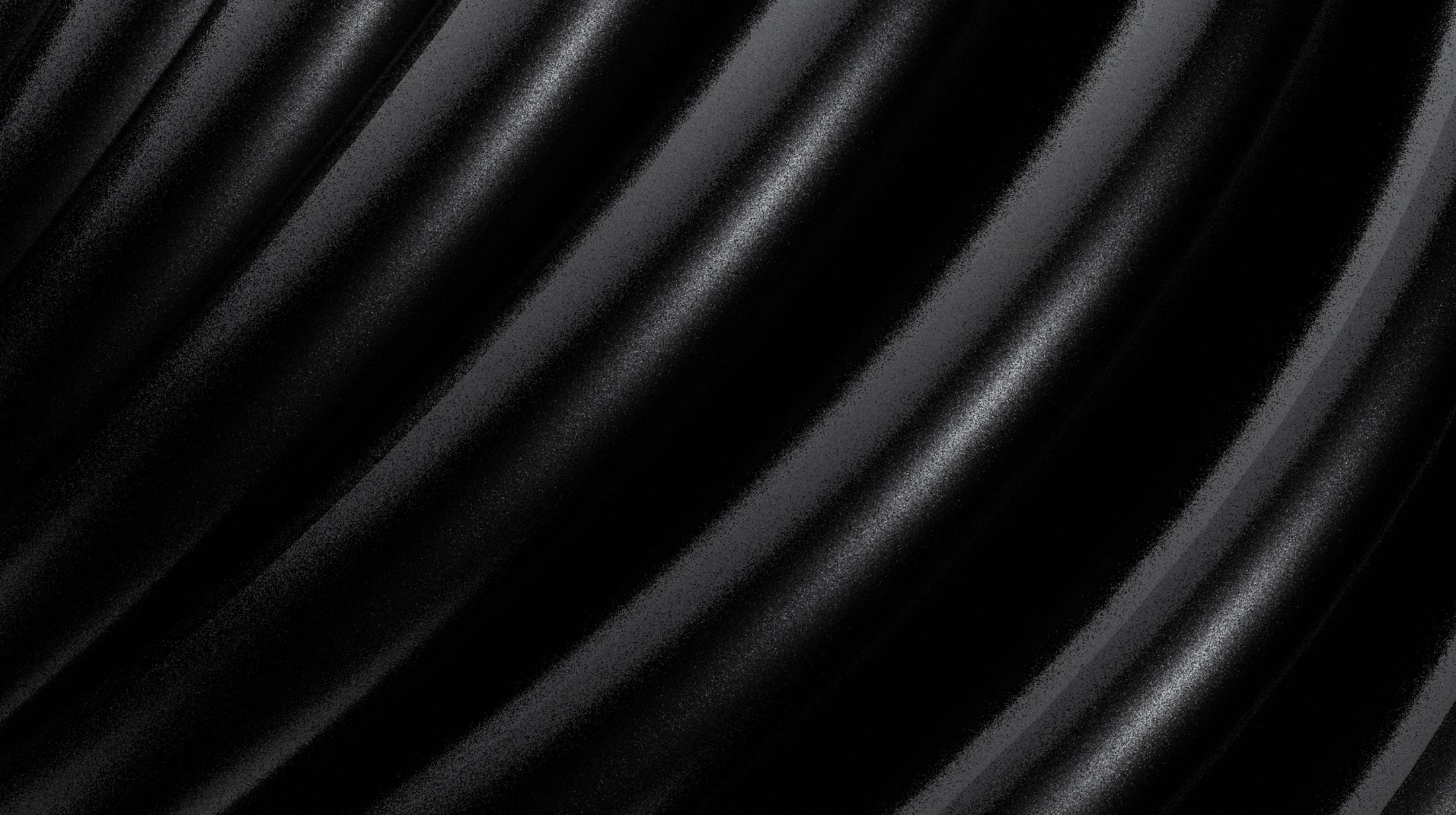
As we age, the effects of our skin’s exposure to the sun and other elements can negatively impact the appearance of our skin, causing wrinkles, drooping skin, and a dull tone. Although many facial rejuvenation procedures can help to reverse the hands of time, chemical peels are one of the most popular options.
[Related: Wrinkle Reduction and Facelifts]
Why Would I Want a Chemical Peel?
A chemical peel addresses problems with the skin on your face. Whether through extensive sun exposure, effects of pollution over time, or several other causes, your facial skin can endure a lot, and show off its battles in a negative way.
Chemical peels are designed to address these types of issues by peeling away the outer layers of damaged skin.
Chemical Peel Benefits
Remember: a peel is not a cure all. It is an option for dealing with specific skin issues on the face.
Chemical Peels for Wrinkles
Wrinkles must be nominal, and major wrinkles might need to be addressed through more aggressive techniques, such as facelifts.
Chemical Peels for Acne Scars
Skin blemishes, however, are primed for treatment with chemical peels.
Chemical Peels for Dark Spots
Pigment variations from one area of the face to another can also be treated with chemical peels.
Chemical Peels for Sun Exposure
Skin damage caused by prolonged exposure to sun is also an issue that chemical peels can address, since the process can remove the damaged top layer of skin to reveal undamaged, new facial skin.
[Related: How to Take Care of Your Skin Post-Facial]
Types of Chemical Peels
Some common types of chemical peels include:
- Glycolic Acid
- Salicylic Acid
- Lactic Acid
- Phytic Acid
- Retinoic Acid
- Trichloroacetic Acid (TCA)
Glycolic Acid Peels
If you’re looking for a deep, penetrative chemical peel, glycolic acid peels are your best bet. These peels are great for bringing a healthy, youthful glow to aging skin. For a lighter chemical peel, try one with lactic acid.
Salicylic Acid Peels
Salicylic acid peels are also one of the more deep-cleaning peels that exfoliate the surface levels of the skin. These peels are good for those with oily or acne-prone skin.
Lactic Acid Peels
Lactic acid peels are good for sensitive skin, and also add moisture to help soothe irritation.
Phytic Acid Peels
Phytic acid peels are exfoliating peels that block the synthesis of melanin in the top layer of the skin. This type of peel works well for treating dark spots and uneven skin tones.
Retinoic Acid Peels
Retinoic acid peels contain a retinol, a form of vitamin A that encourages collagen growth. These peels help unclog pores, reduce acne, and smooth lines and wrinkles.
TCA Peels
Trichloroacetic acid peels (aka TCA peels) are medium-strength chemical peels that work well at treating acne, sun spots, and melasma by smoothing surface levels of the skin and encouraging new cell growth.
[Related: The Benefits of Microdermabrasion for Aging Skin]
What Is the Process of a Chemical Peel?
A chemical peel treatment for the entire face can take a couple of hours. Topical anesthesia is generally not used, but can be requested by the patient, or used when called for in certain situations.
The physician will apply a chemical solution to the face, taking special care around the mouth, eyes, and nose. It will then either neutralize itself after a certain amount of time, or sometimes a neutralizing agent is used to stop the process.
After application, the dead, damaged skin will begin to peel over the next few days, revealing new skin underneath.
Chemical Peel Aftercare
Recovery time after a chemical peel varies, but one should be able to pursue all normal activities within the month.
In the days to come after the procedure, great care needs to be given to protect the skin since the new layer is now exposed to the elements for the first time. Use moisturizer and sunscreen to assist with the healing.
[Related: Post-Microdermabrasion Care and Products]
Who Qualifies for a Chemical Peel?
Chemical peels are available for anyone who wants them, but that doesn’t mean that everyone should get them. Make sure to consult with a medical professional in regards to if you should go ahead and get a chemical peel, and which type of peel is best for your skin and situation.
How Much Does a Chemical Peel Cost?
The cost of chemical peel treatments vary depending on which type of chemical peel you opt for and where you get your peel. According to the American Society of Plastic Surgeons, in 2020 the average price of a chemical peel was $519.
Contact Us Today!
Dr. Athré has performed countless facial procedures and chemical peels on a variety of different types of skin. His training as a Houston facial plastic surgeon allows him to tailor each procedure to the patient’s individual needs, skin type, skin color, and skin texture.
Are you curious about chemical peels, and want more information? Contact Athré Facial Plastics today for a consultation.



